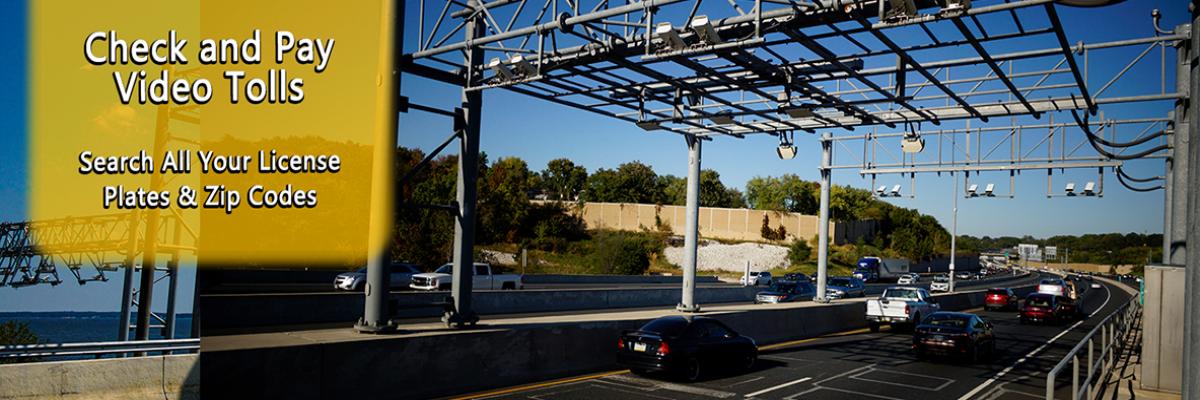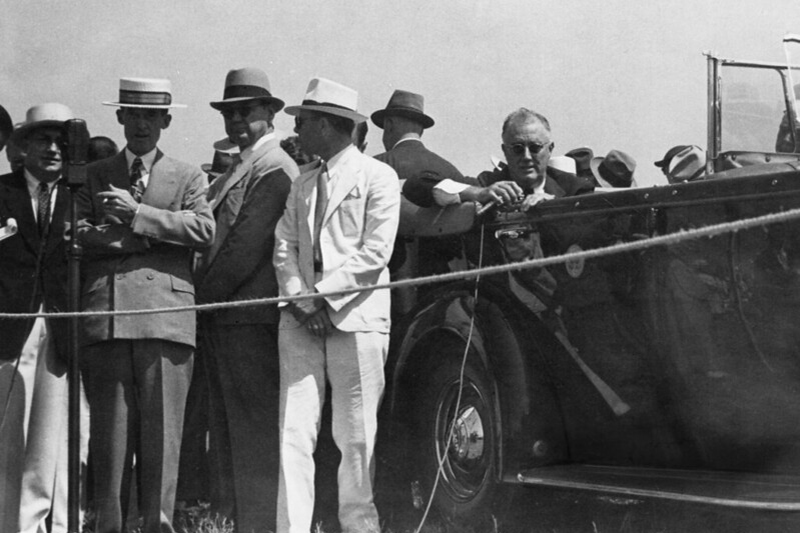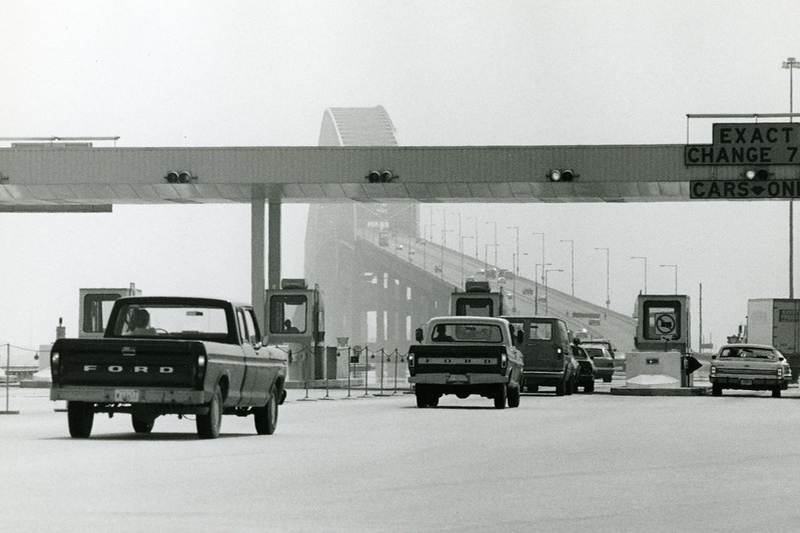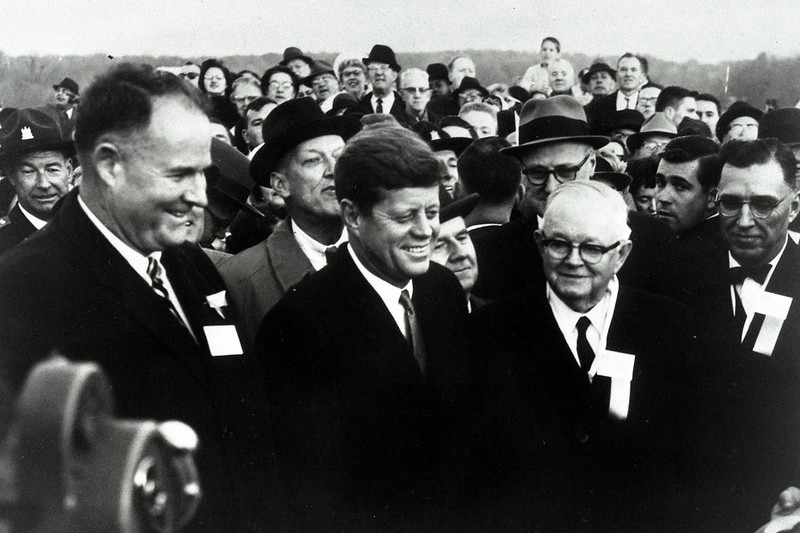Section 106 of the National Historic Preservation Act
Under the National Historic Preservation Act of 1966 and the Maryland Historical Trust Act, the MDTA is required to consider the effects of our actions on historic properties. A historic property is any site, district, building, structure, or object included in, or eligible for inclusion in, the National Register of Historic Places (National Register).
State projects using federal funding, or requiring federal approval or permitting, must comply with what is often referred to as “Section 106”. The Section 106 review process was codified in the Code of Federal Regulations at 36 CFR 800, “Protection of Historic Properties” and includes the following general steps for an “undertaking” or project:
- Initiate Section 106 review with consulting parties,
- Identify historic properties,
- Determine whether historic properties would be affected, and
- Avoid, minimize, or mitigate any adverse effects to historic properties.
The Maryland Historical Trust Act requires state funded projects to follow a similar review process.
For more information about Section 106 and the NHPA, see the Advisory Council on Historic Preservation’s Protecting Historic Properties: A Citizen’s Guide to Section 106 Review at achp.gov.
MDTA’s Historic Properties
Of the MDTA’s eight toll facilities, four are historic properties: the Baltimore Harbor Tunnel (I-895), Fort McHenry Tunnel (I-95), Thomas J. Hatem Bridge (US 40), and the William Preston Lane Jr. Memorial (Bay) Bridge (US 50/301). The original Nice/Middleton Bridge was also a historic property before it was demolished. Additionally, our management offices are located within the Western Electric Company, Point Breeze Plant Historic District.
The MDTA’s oldest historic properties originated from the 1938 Primary Bridge Program, which was a comprehensive plan for bridges and tunnels, to be financed through tolls, to cross Maryland’s major waterways. The plan recommended a bridge over the Susquehanna River, a bridge over the Potomac River in Charles County, a Chesapeake Bay bridge, and a bridge or tunnel across the Patapsco River in Baltimore City.
Section 106 Programmatic Agreement
As part of MDTA’s responsibility to consider historic properties in our actions, MDTA has entered into an interagency agreement with Maryland Department of Transportation State Highway Administration (MDOT SHA) to complete its historic resources reviews. In 2021 MDOT SHA amended its Programmatic Agreement for Section 106 of the National Historic Preservation Act with the Federal Highway Administration, the Maryland Historical Trust, and the Advisory Council on Historic Preservation, adding MDTA to the programmatic agreement. The programmatic agreement delegates authority from the Federal Highway Administration to MDOT SHA and provides for streamlined review procedures for minor projects, and other actions with limited potential to affect historic resources.
As part of the PA, MDOT SHA makes a report of these minor project reviews available quarterly. To receive these reports, email [email protected].










